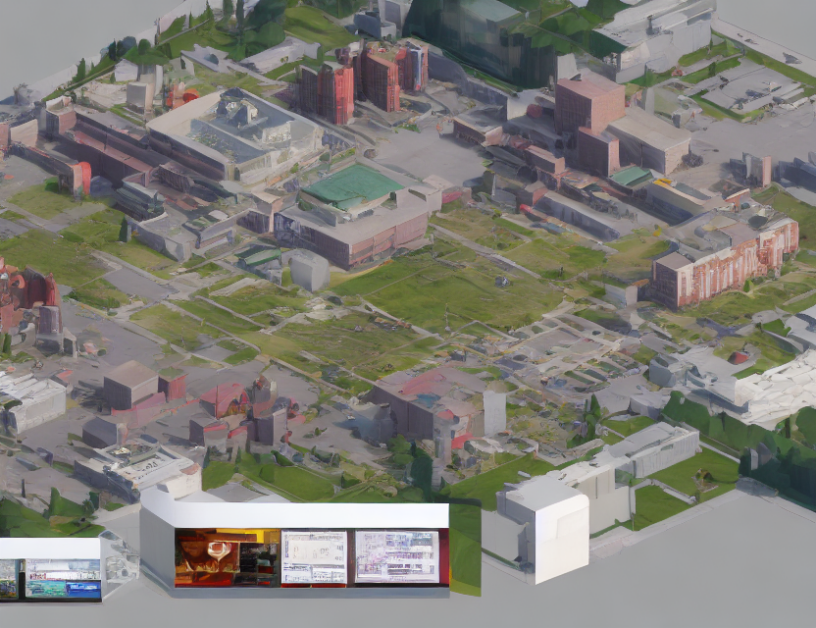In this guide, we will delve into the world of wireless communication, breaking down complex concepts into easily understandable terms. Think of it like trying to decipher a secret code – we’ll uncover the mysteries behind the waves and frequencies that carry our messages.
First, let’s start with the basics: wireless communication uses radio waves to transmit information between devices. These waves are similar to ocean waves, but instead of water, they carry data in the form of ones and zeros. The key to understanding wireless communication is understanding how these waves interact with each other and the environment around them.
One important concept is the idea of "hop sequence id." Think of it like a unique identifier for each wave – it helps us determine which frequency to use for each transmission. Without this information, our messages would get jumbled together and become difficult to decipher.
Another crucial aspect of wireless communication is error correction. Imagine trying to decipher a message that has been distorted by interference – it’s like trying to read a sentence through a foggy window. Error correction codes help us fix these distortions, making sure our messages are delivered accurately and reliably.
Now, let’s talk about the importance of "filtering and over-sampling." Think of it like using a fine-tooth comb to remove any unwanted noise from a message. By filtering out interference and oversampling the signal, we can improve the quality of our transmission and ensure that our messages are delivered clearly and accurately.
Finally, let’s touch on the topic of "CAED" or "Combining Antennas for Enhanced Diversity." Imagine having multiple antennas working together to receive a message – it’s like using a team of experts to decipher a complex code. By combining the signals from multiple antennas, we can improve the strength and accuracy of our transmission, making sure that our messages are delivered clearly and reliably.
In conclusion, wireless communication is a complex but fascinating field that relies on a series of intricate concepts and techniques to deliver our messages accurately and reliably. By demystifying these concepts through everyday language and engaging analogies, we hope to provide a comprehensive guide to understanding the mysteries behind wireless communication.
Computer Science, Networking and Internet Architecture
novel methods for improving LR-FHSS performance



